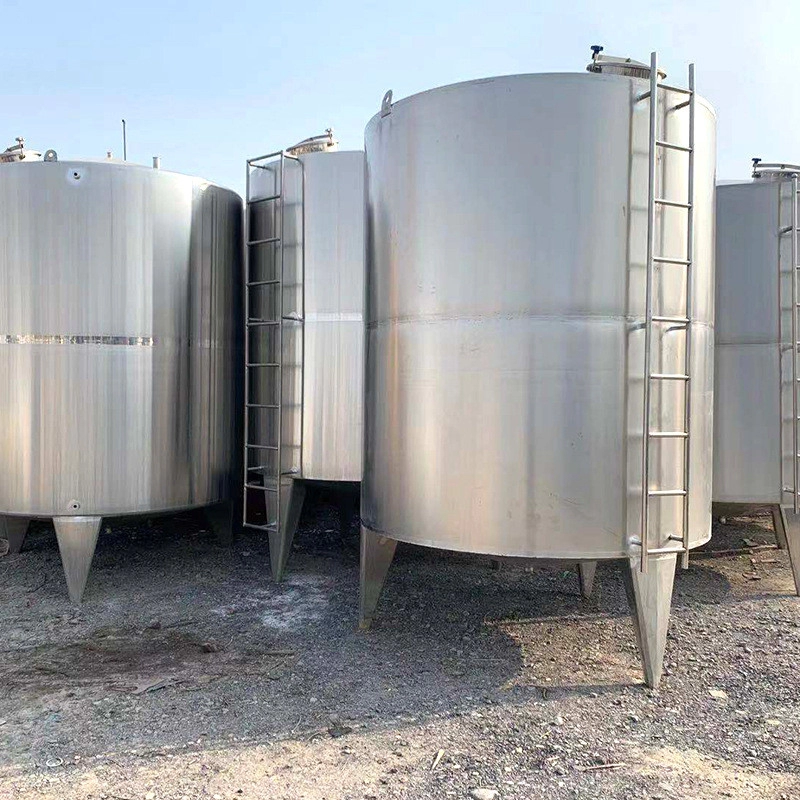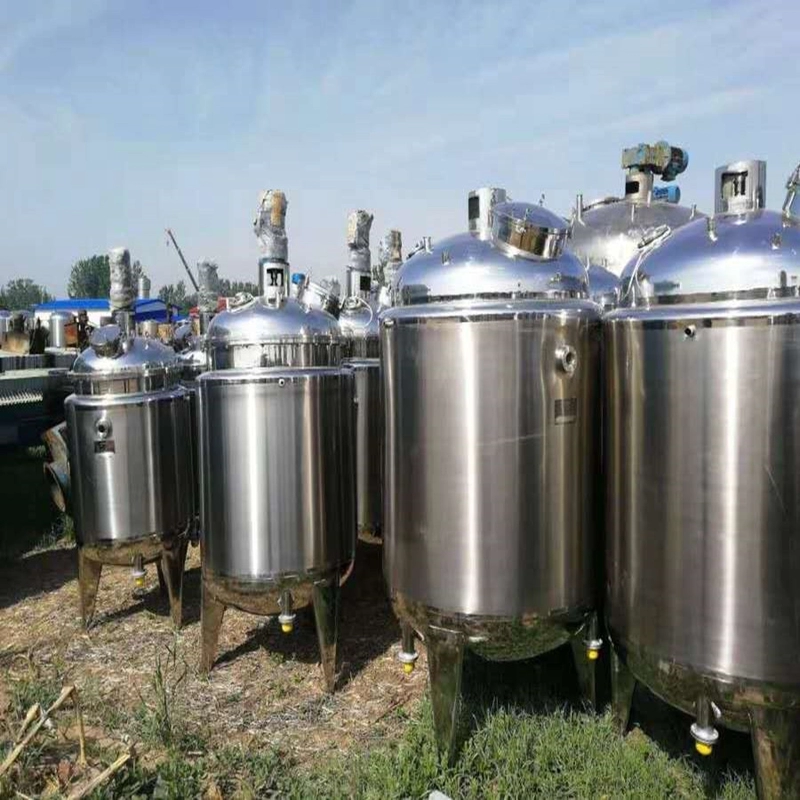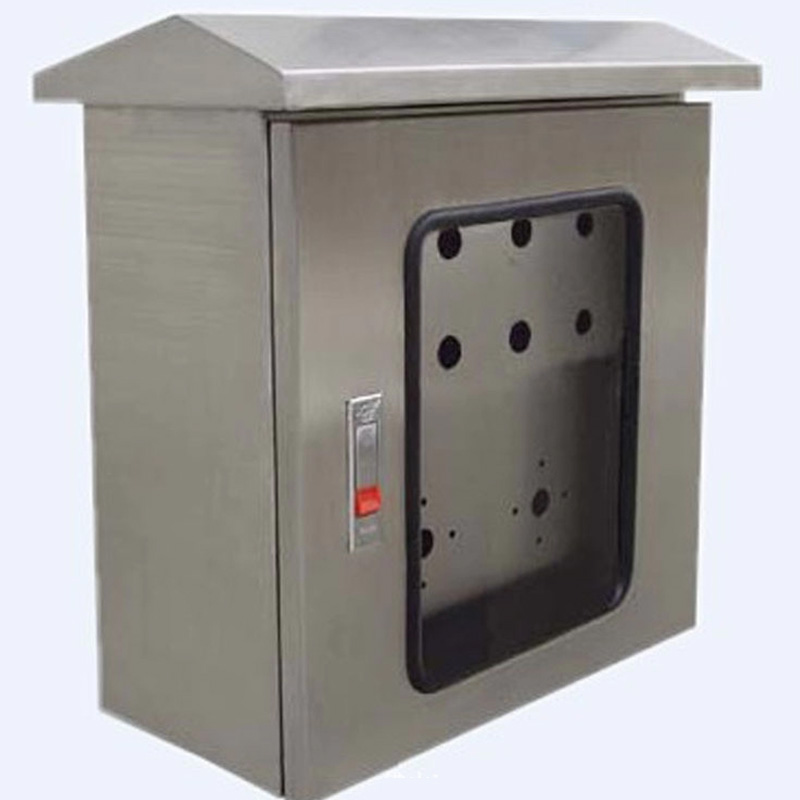Mastering Stainless Steel Storage Tank Welding: Techniques & Best Practices
Why Welding Quality Defines Tank Longevity
Did you know 35% of storage tank failures stem from poor welding joints? Corrosion at weld points costs industries $3.7B annually in repairs (NACE, 2023). For stainless steel storage tanks, precision welding isn’t just optional – it’s survival.
Critical Welding Methods Compared
| Technique | Speed | Corrosion Resistance |
|---|---|---|
| TIG Welding | Slow | Excellent |
| MIG Welding | Fast | Good |
Step-by-Step Welding Protocol
- Surface prep: Grind 2mm beyond weld zone
- Gas selection: 98% Argon + 2% CO₂ mix
- Heat control: Maintain 150-200°C interpass temp
- Post-weld treatment: Passivate with nitric acid
- Quality check: Conduct dye penetrant test
Warning: Never skip post-weld passivation – unpassivated joints corrode 8x faster!
Real-World Success Story
Our team encountered leaking stainless steel storage tanks in a 2025 chemical plant project. By switching from MIG to pulsed TIG welding, we achieved zero-leak performance – client maintenance costs dropped 62%.
FAQs: Stainless Steel Tank Essentials
- How long do these tanks last?
- Properly welded tanks serve 25-40 years – 3x longer than carbon steel alternatives.
- Best cleaning method?
- Use alkaline cleaners, never chloride-based! Acid wash quarterly.
Pre-Commissioning Checklist
- ✅ Verify weld seam smoothness (Ra ≤ 3.2μm)
- ✅ Confirm inert gas purity > 99.995%
- ✅ Test emergency venting system







